Continue to increase prize value
The Nobel Prize winner will receive a diploma, a gold medal and a cash prize. Nearly three weeks before the first Nobel Prize of the new season was announced, the Nobel Foundation announced that this year's Nobel Prize winner will receive 11 million Swedish krona ($986,000), an increase of 1 million Swedish krona from last year.
According to the Nobel Foundation, the increase in the value of the prize is due to the Foundation's positive financial situation. In 2017, the Nobel Foundation decided to increase the prize money for the Nobel Prize categories by 1 million Swedish krona (about 120,000 USD) compared to the previous year, to 9 million krona (about 1.1 million USD). This is the first adjustment of the prize value since 2012. In 2020, the Nobel Association decided to increase the prize money by 1 million krona (about 110,000 USD) compared to the previous year, bringing the Nobel Prize prize amount to 10 million krona.
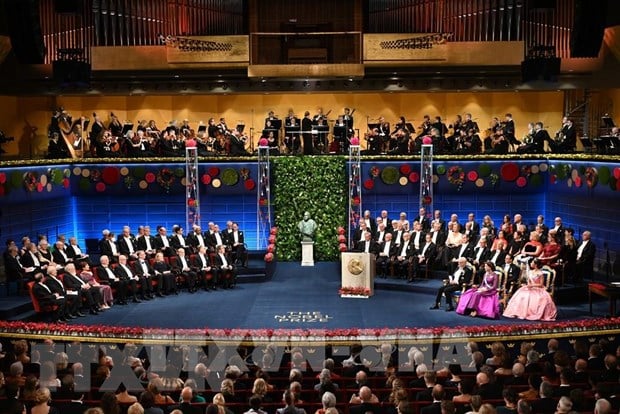
Nobel Prize winners and members of the Swedish Royal Family at the Nobel Prize Award Ceremony in Stockholm, December 10, 2022. Photo: AFP/ VNA
When it comes to the value of the Nobel Prize, it is impossible not to mention the original origin of the Nobel Foundation. Alfred Nobel was a great scientist and inventor, the owner of 355 patents, the most notable of which was the invention of dynamite. After his death in 1896, Alfred Nobel left a will in which he stated that almost all of his assets would be sold for cash, equivalent to 70 million Swedish krona at that time, to be deposited in the bank. The annual interest would be deducted and divided into 5 prizes to be awarded "to those who have made the greatest contribution to humanity" in the fields of: Physics, Chemistry, Biology (or Medicine), Literature, and Peace . Another noteworthy detail is that a Nobel Prize is usually awarded to a maximum of 3 people. If a prize is rejected or not accepted, the prize money will be returned to the fund.
The “Hungarian phenomenon” returns
On October 2, the Nobel Assembly at the Karolinska Institute in Stockholm, Sweden, announced that the 2023 Nobel Prize in Medicine went to two scientists: Katalin Karikó, a Hungarian professor of biochemistry and molecular biology, and Drew Weissman, an American scientist, for their research on mRNA technology in the production of COVID-19 vaccines.
According to the Nobel Committee, the discoveries of two scientists, Katalin Karikó and Drew Weissman, were extremely important in developing effective mRNA vaccines during the pandemic that broke out in early 2020. The breakthrough discovery of these two scientists has fundamentally changed our understanding of how mRNA interacts with the human immune system. It is worth noting that in the future, mRNA technology can also be used to deliver therapeutic proteins and treat certain types of cancer. It is worth noting that Ms. Karikó and Mr. Weissman are two of three scientists awarded the VinFuture Global Science and Technology Prize in Hanoi in January 2022, also for their research on mRNA that has helped save millions of lives.
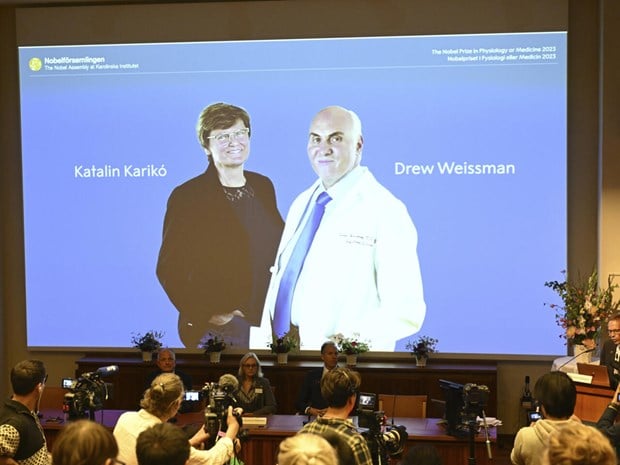
The 2023 Nobel Prize in Physiology or Medicine was announced for Hungarian scientist Katalin Kariko and American scientist Drew Weissman. Photo: AP
The coronation of Professor Katalin Karikó has made many newspapers recognize the return of the “Hungarian phenomenon”. The phrase “Hungarian phenomenon” is used to describe the international admiration for Hungary, a small country with an area of 93,000 km2, accounting for only 1% of Europe’s area with a population of about 10 million people, but up to now, if counting the 2023 Nobel Prize in Physiology or Medicine of Professor Katalin Karikó, there have been at least 16 Hungarians who have won the prestigious Nobel Prize. The first Hungarian to be named on the Nobel Prize podium was Lénárd Fülöp in the field of Physics (in 1905).
| Following the 2023 Nobel Prize in Physiology or Medicine, on the afternoon of October 3, the Royal Swedish Academy of Sciences announced the 2023 Nobel Prize in Physics to three scientists: Pierre Agostini (French), Ferenc Krausz (Austrian-Hungarian) and Anne L'Huillier (Swedish-French) for their "experimental methods for generating attosecond light pulses for studying electron dynamics in matter." The three scientists were honored for their experiments that gave humanity new tools to explore the world of electrons inside atoms and molecules. They demonstrated a method for generating ultra-short light pulses that can be used to measure rapid processes in which electrons move or change energy. After the Nobel Prize in Physics, on October 4, the Nobel Prize in Chemistry was announced, followed by the Nobel Prize in Literature (October 5), the Nobel Peace Prize (October 6) and the Nobel Prize in Economics (October 9). |
Trang Ha
Source







![[Photo] Prime Minister Pham Minh Chinh chairs the second meeting of the Steering Committee on private economic development.](https://vphoto.vietnam.vn/thumb/1200x675/vietnam/resource/IMAGE/2025/11/01/1762006716873_dsc-9145-jpg.webp)
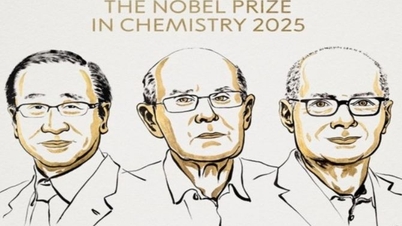
























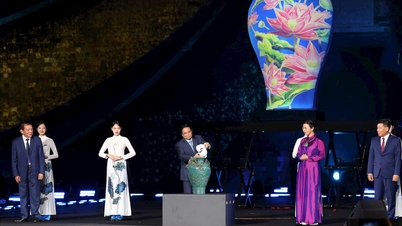











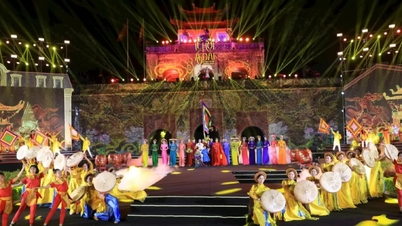

















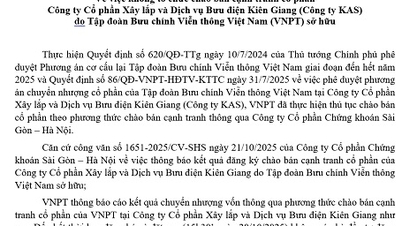










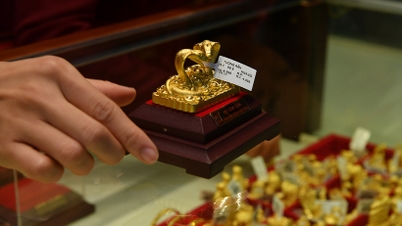







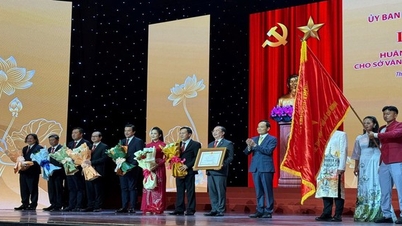

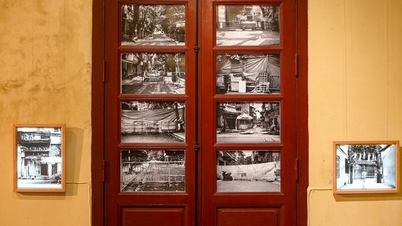


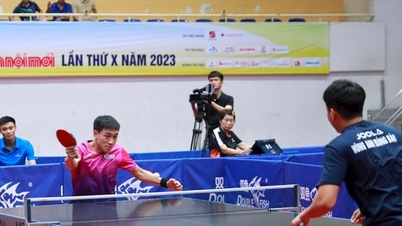




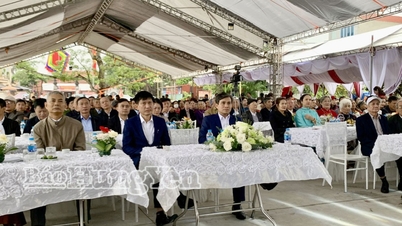















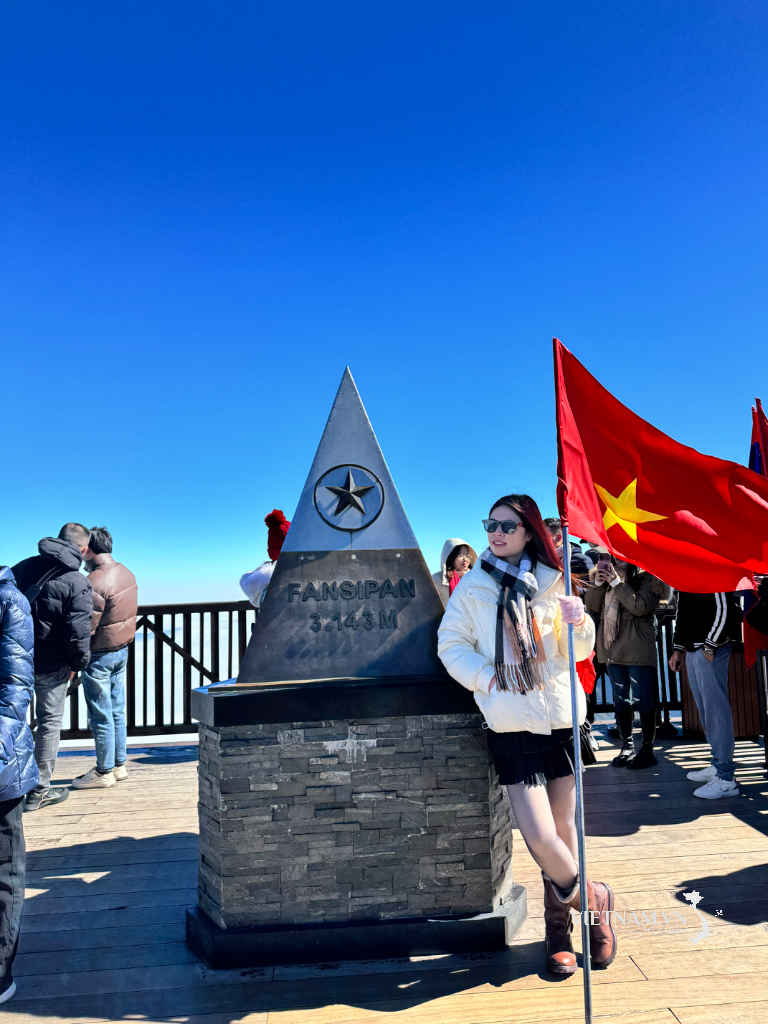



Comment (0)